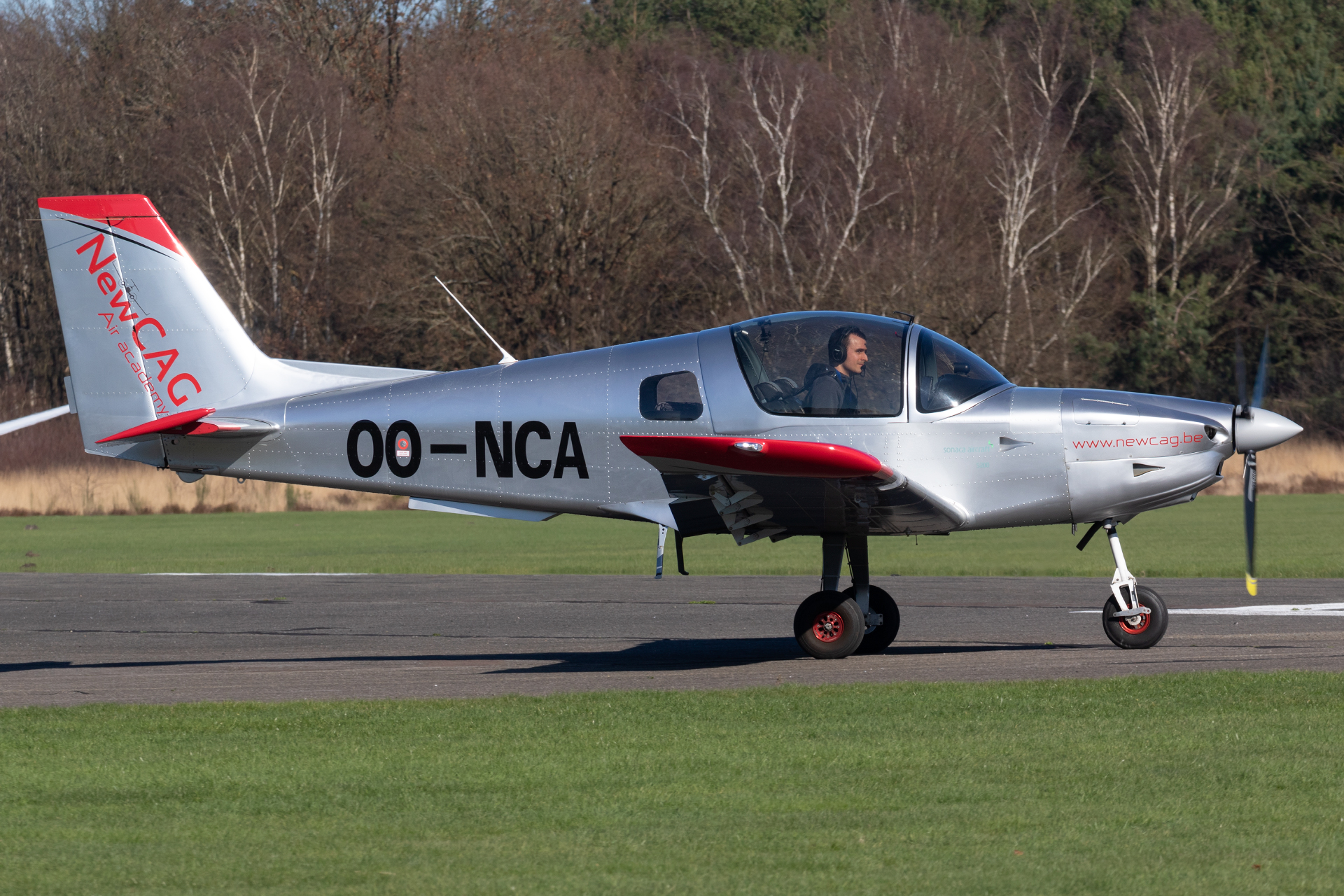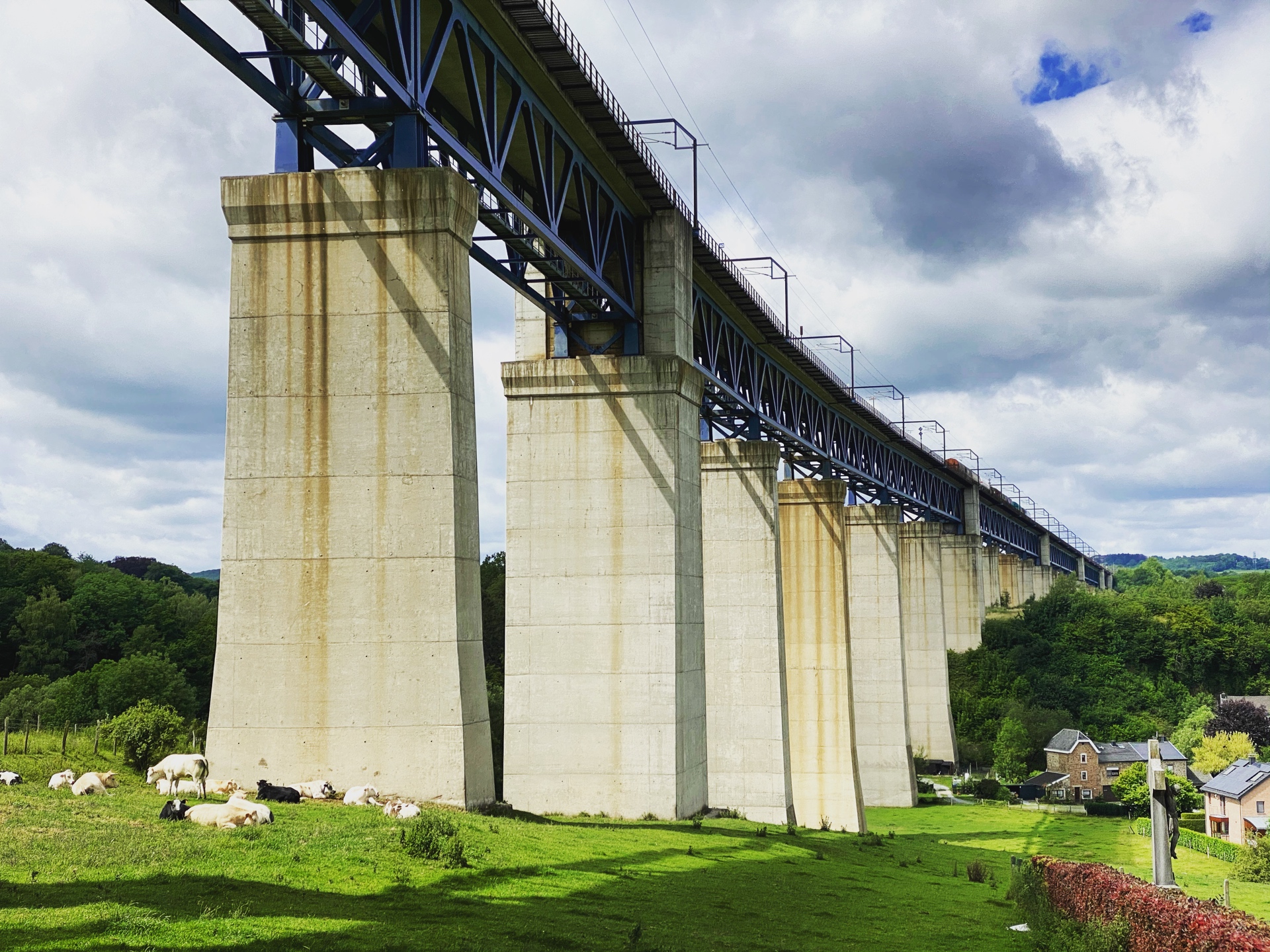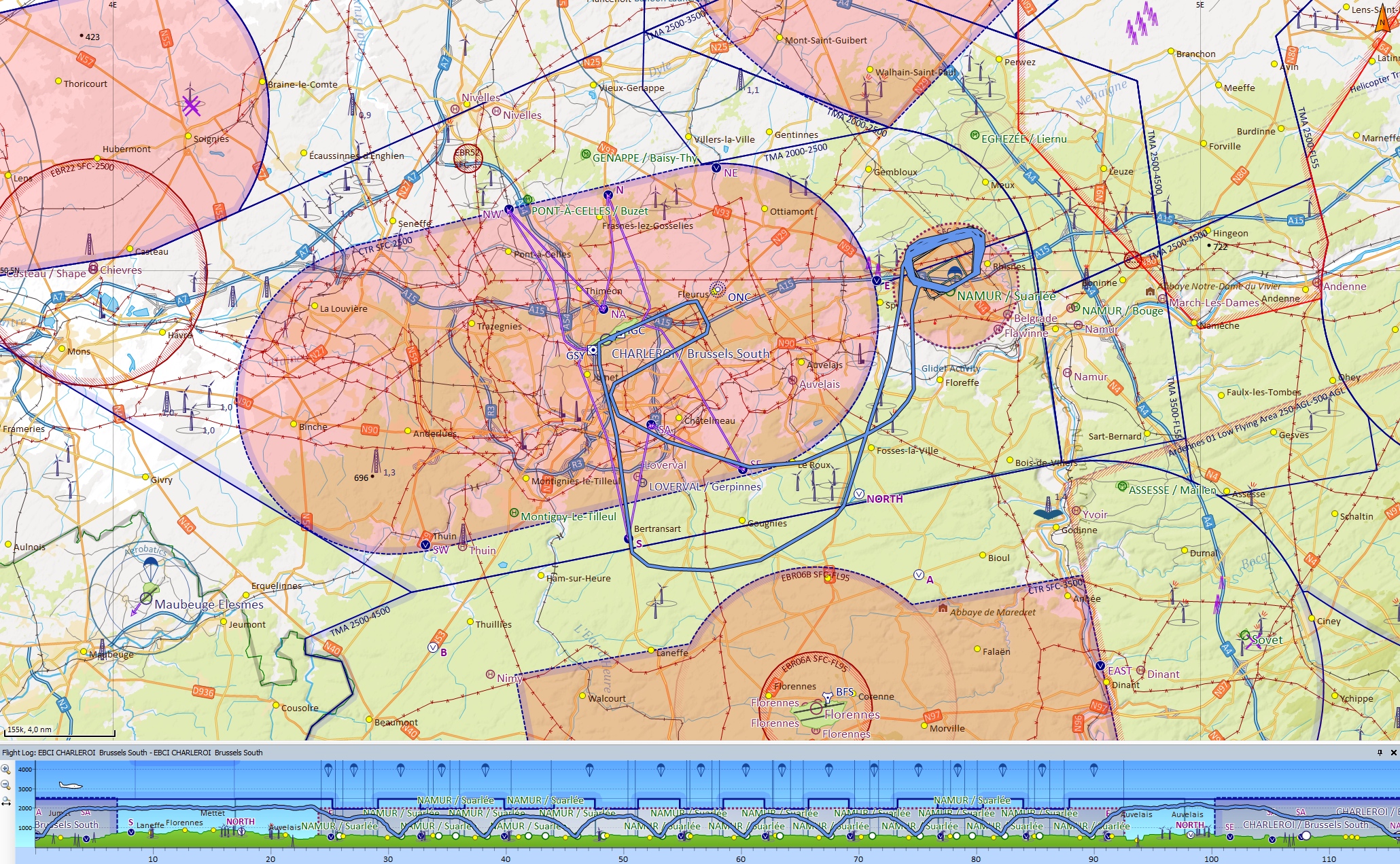As expected the winter months were – to put it mildly – not really optimal for flight training, so between my last flight on the 12th of November and the end of February I only got to fly twice (first on the last afternoon of the year, and then once in January). But then the weather finally turned better, and I put exactly 10 hours into my logbook between the 26th of February and the 23rd of March, starting with passing my navigation progress test, and then going on three solo navigation flights, with the last one being the required long solo cross-country.
Now I have 54 hours and 12 minutes in my logbook (13h 24m as PIC – pilot in command, or simply put: flying solo), and only three flights (two trainings and a final progress test) remaining before my PPL checkride (the practical exam). “Unfortunately” I still need to pass the theory exam(s) first, but thanks to all the bad weather earlier this year, I have finally ticked off every module on the online learning platform, so it is only a matter of going through the theory books once more and then I will take care of that (plus there is also an English Language Proficiency exam too, but that should be a formality). But this means that now I need to take the remaining flights a bit slower, otherwise I will run out of flying before I am actually allowed to do the checkride…
Recently I added an extra GoPro to the cockpit to be able to include additional camera angles in my training videos (which of course made the editorial work significantly longer), and I finally started using my iPad Mini in an awesome FlyBoys PIVOT mount instead of my phone (for now just as backup, as I still have to use my paper maps for navigation…). Thanks to the popularity of my videos I was recognised by two different air traffic controllers on the radio during my last two flights, and simply by chance I was also photographed by plane-spotters a few times :)
Here is a list of my flights since my previous blog post:
Flight 24: After seven weather cancellations over the span of two months, I finally got to fly again on the last day of 2021. The weather was beautiful, albeit a bit windy, but nothing too bad so I could do another solo session. This time I stayed at Charleroi, and I only saw my instructor for five minutes for a signature, before I was left alone with the plane.
It was the first time I did a solo session without flying with an instructor first, so it was also the first time I started the plane and did the run-up unsupervised. It really felt like being a real pilot in command. The training was great, I got to fly both right and left hand circuits, I had to orbit a few times, and position myself in sequence on approach multiple times. At one point I was even asked to make a full stop landing before being cleared to take off again (to avoid the wake turbulence of a departing commercial jet), which I have never seen before.


